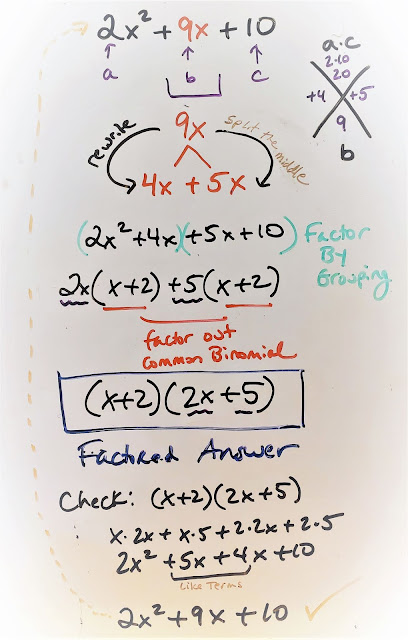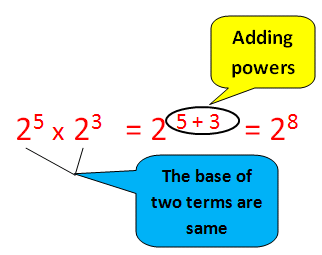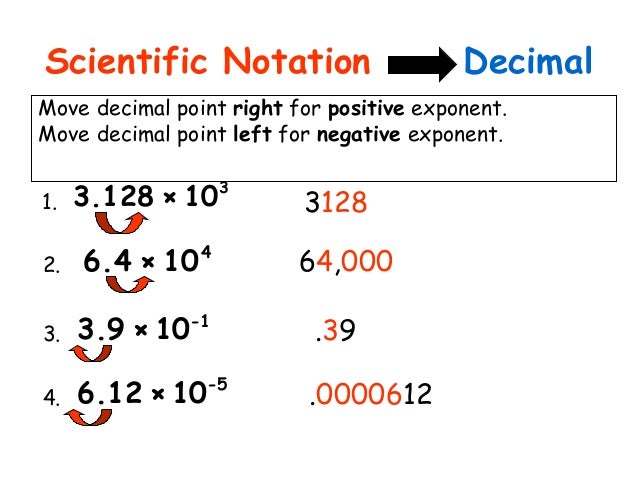Topics for Today:
Today we began our work on quadratic functions. Quadratic functions, simply stated, are functions that have a variable with the highest degree exactly equal to two. We looked at the standard form of a quadratic function and looked at graphs of different parabolas.Vocabulary: quadratic function, standard form of a quadratic function, parabola, axis of symmetry, vertex, minimum, maximum
Sections Covered in Textbook:
10-1: Exploring Quadratic Graphs (pages 510-516)
Resources & Tutorials:
1) What is a quadratic function?2) What is a parabola?
3) Class Notes - Exploring Quadratic Graphs
Assignments:
1) Exploring Quadratic Graphs Worksheet2) Chapter 9 Test Corrections due Tuesday














